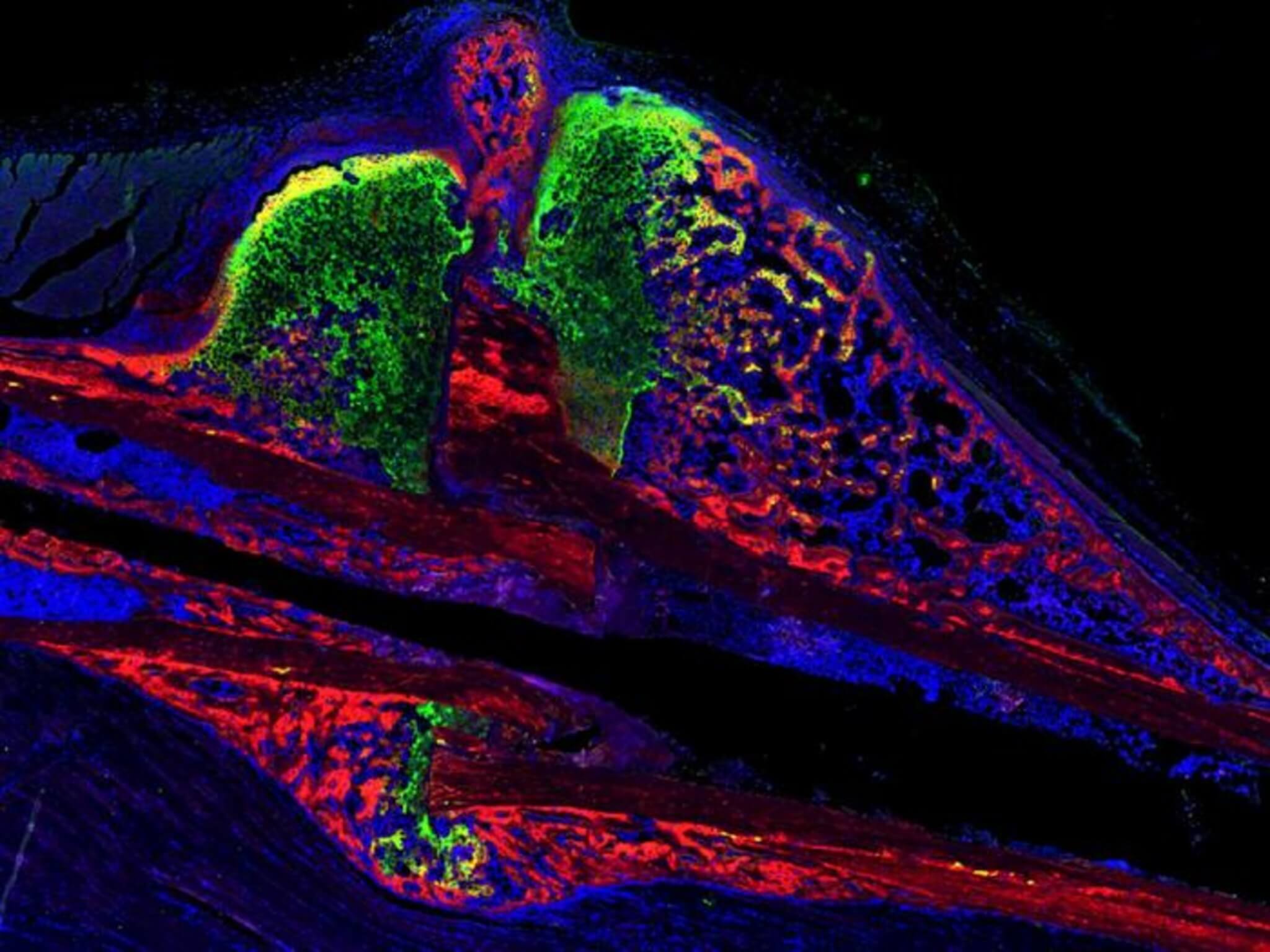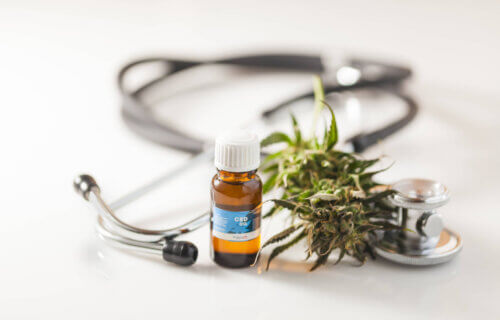HERSHEY, Pa. — Two compounds found in cannabis may offer hope to bone fracture patients for pain management and even accelerated healing. Researchers from Penn State University believe their promising findings could revolutionize how we approach bone fracture treatment using cannabidiol (CBD) and cannabigerol (CBG).
Every year, more than 178 million people worldwide suffer from bone fracture injuries. The current methods of pain management, typically relying on nonsteroidal anti-inflammatory drugs (NSAIDs) like aspirin, have their limitations.
According to Reyad Elbarbary, associate professor of orthopedics and rehabilitation at Penn State College of Medicine and the study’s corresponding author, NSAIDs, while effective in pain management, hinder the crucial first step in fracture healing – inflammation.
“NSAIDS may help patients manage pain, but they also reduce inflammation, which is a crucial first step in fracture healing,” says Elbarbary in a university release. “An alternative for pain management is needed that does not prevent inflammation from occurring.”
Scroll down to learn why using CBD is not the same as smoking cannabis

Penn State scientists initially set out to measure the individual pain-alleviating properties of CBD and CBG in mice. This study is the first to examine the effects of cannabinoids, specifically in the context of fracture healing and pain management. Cannabinoids demonstrated effectiveness comparable to NSAIDs in pain management, but researchers were also astonished to discover their positive impact on the fracture healing process.
Using advanced techniques such as immunofluorescence microscopy, microcomputer tomography imaging, and biomechanical testing, researchers meticulously examined various aspects of the fracture healing process, including bone density, bone strength, and the expression of essential genes involved in fracture healing.
In the early treatment phase, CBD and CBG were associated with an increased presence of periosteal bone progenitors, which ultimately transform into specialized bone cells vital for bone tissue formation. During the later stages of healing, CBD and CBG accelerated the body’s absorption of minerals, reinforcing newly formed bone.
“Both treatments led to higher bone volume fraction and mineral density than with NSAID treatments, which leads to a functional and healthy newly formed bone,” notes Elbarbary. “We still have a lot to learn about the biological mechanisms behind what we observed.”
The future research agenda will focus on defining the cellular and molecular processes responsible for the cannabinoids’ roles in both the early and late stages of fracture healing. Additionally, efforts will be directed towards developing a clinical formulation suitable for adult fracture patients. While CBD has already received approval from the Food and Drug Administration (FDA) for treating seizures in children, finding an appropriate formulation or dosage for adults dealing with bone fractures will be a crucial next step.
“There is already robust safety information gathered on CBD,” says Elbarbary. “CBG is more investigational at this stage. It’s more likely that CBD would be repurposed for treating fractures once a formulation is found and its efficacy for treatment in the context of bone fractures is determined.”
The study is published in the Journal of Bone and Mineral Research.
Using CBD and CBG is NOT the same as smoking marijuana
Cannabidiol (CBD) and cannabigerol (CBG) are two of the most well-known cannabinoids found in the cannabis plant. Both CBD and CBG offer a variety of potential health benefits, but they are different from smoking marijuana in a number of ways.
CBD and CBG are non-psychoactive. This means that they do not produce the “high” associated with smoking marijuana. THC, the main psychoactive compound in marijuana, binds to cannabinoid 1 (CB1) receptors in the brain. CBD and CBG, on the other hand, do not bind to CB1 receptors to the same extent, which is why they do not produce a psychoactive effect.
CBD and CBG are less likely to cause side-effects. Smoking marijuana can cause a number of side-effects, including dry mouth, red eyes, anxiety, and paranoia. CBD and CBG are much less likely to cause these side-effects. In fact, both CBD and CBG have been shown to be safe and well-tolerated in humans.
CBD and CBG are available in a variety of forms. CBD and CBG products are available in a variety of forms, including oils, capsules, edibles, and topicals. This makes it easy to find a form of CBD or CBG that is right for you. Smoked marijuana, on the other hand, is only available in one form.
CBD and CBG are legal in most jurisdictions. CBD and CBG products are legal in most jurisdictions, including in the United States. Smoked marijuana, on the other hand, is still illegal in many places.
You might also be interested in:
- CBD carries powerful anti-inflammatory benefits, study shows
- Marijuana an antibiotic? Hidden cannabis compound CBG may be able to fight infections
- Vitamin D supplements are a waste when it comes to bone health, study says


I already use this combo for anxiety and arthritis pain, really severe but after a right dose I’m able to function with just slight discomfort this is perfect medicine for me